When Japanese Bicycles Were King of the Road
In the 1970s and 1980s, a wave of meticulously crafted two-wheelers dominated American streets. These Japanese bicycles weren’t just modes of transport—they symbolized precision engineering and a cultural shift toward quality and innovation. For decades, riders across the U.S. gravitated toward these rides, drawn by their reputation for durability and sleek aesthetics.
two-wheelers dominated American streets. These Japanese bicycles weren’t just modes of transport—they symbolized precision engineering and a cultural shift toward quality and innovation. For decades, riders across the U.S. gravitated toward these rides, drawn by their reputation for durability and sleek aesthetics.
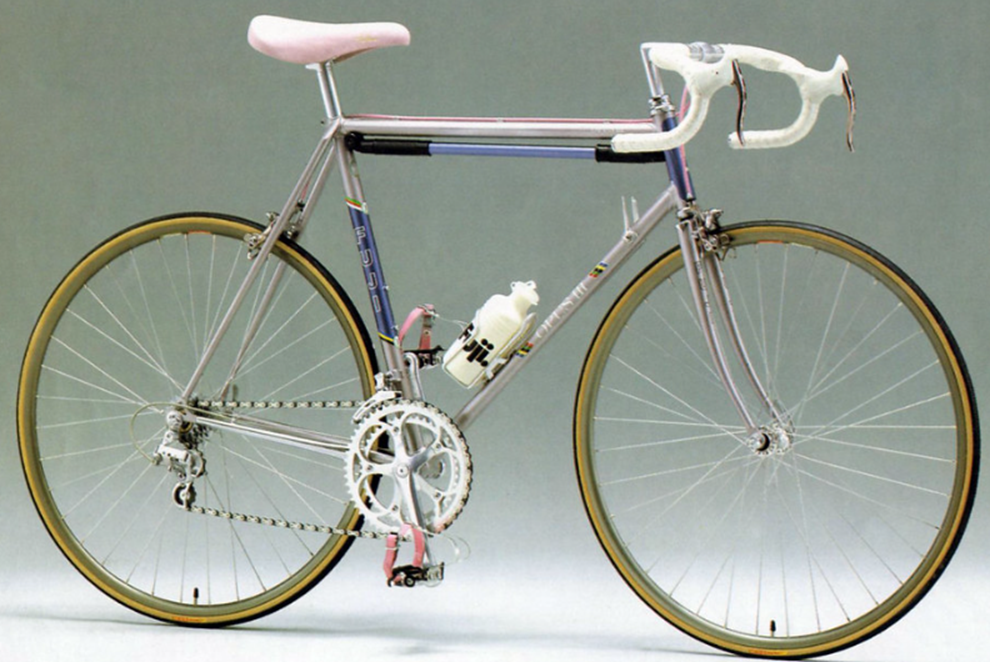
Sheldon Brown, a renowned cycling expert, often highlighted how these bikes reshaped the industry. Their lightweight frames and advanced components set new standards, outpacing competitors in both performance and affordability. Consumers weren’t just buying a bike—they were investing in a blend of artistry and functionality.
What made these models stand out? It wasn’t just their technical prowess. Brands focused on user-centric design, creating rides that appealed to casual commuters and serious cyclists alike. This approach fueled their dominance, turning them into household names during their peak years.
Today, their legacy lives on in collectors’ garages and modern engineering principles. This article explores how these iconic machines claimed their throne—and why they still matter to enthusiasts worldwide.
Historical Evolution of Japanese Bicycles in the U.S. Market

Post-war America saw a gap in the bicycle market that overseas companies soon noticed. While domestic brands focused on heavy cruisers, international manufacturers began testing lightweight designs. Early efforts faced hurdles—American riders were taller and heavier than their Asian counterparts, requiring sturdier frame construction and longer tube lengths.
The Dark Ages and Early Developments
Between 1945 and 1960, U.S. imports trickled in at a glacial pace. The Royce Union, one of the first Japanese-influenced models, debuted with mixed reviews. Its chromoly steel frame weighed less than American bikes but lacked ergonomic adjustments for broader shoulders. Components like Araya rims showed promise, yet limited distribution kept sales low.

The Invasion and Initial Market Challenges
By the late 1960s, companies refined their approach. John Allen noted how revised geometry accommodated taller cyclists, while Sheldon Brown praised improved bottom brackets. Still, many shops hesitated to stock imports. This resistance created a thriving secondary market—bicycles available through classified ads and garage sales kept early models in use for decades.
Allen noted how revised geometry accommodated taller cyclists, while Sheldon Brown praised improved bottom brackets. Still, many shops hesitated to stock imports. This resistance created a thriving secondary market—bicycles available through classified ads and garage sales kept early models in use for decades.
Three factors defined this era:
- Adaptation of tube thickness for durability
- Strategic partnerships with U.S. distributors
- Growing demand for lighter bikes among touring enthusiasts
These shifts laid groundwork for the 80s boom, proving that even imperfect beginnings could spark lasting change.
The Technological Breakthroughs that Shaped Bicycle Design
The early 80s marked a turning point in cycling history. Engineers reimagined every system, from pedal mechanisms to frame geometry. These changes didn’t just tweak existing designs—they rewrote the rulebook for performance and accessibility.
Cotterless Cranks and Frame Innovations
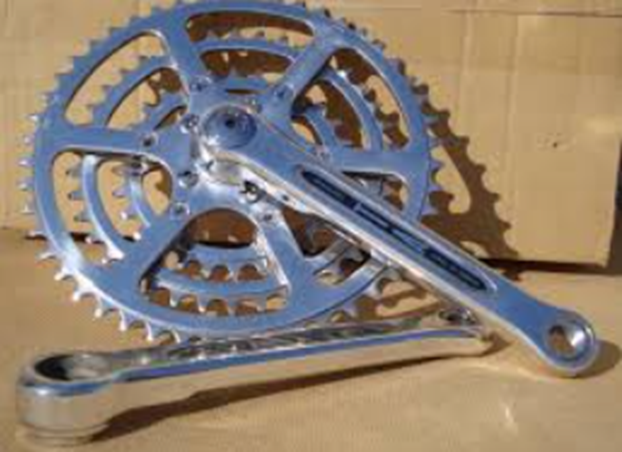
Traditional cranks relied on cotter pins that loosened over time. The shift to cotterless designs eliminated this weak point, cutting weight by 15% while boosting durability. Sheldon Brown once noted,
“This was the bit that finally closed the gap between hobbyist rides and professional-grade machines.”
Frame builders also adapted. They used double-butted tubing to create stiffer, lighter structures. This approach allowed models to better accommodate taller riders without sacrificing responsiveness. The result? A proportional fit that felt custom-made for American cyclists.
Advanced Component Engineering

Components like Shimano’s Dura-Ace groupset set new benchmarks. Precision bearings and sealed hubs reduced maintenance while improving power transfer. Three innovations defined this era:
- Heat-treated alloys for tubing
- Indexed gear systems for smoother shifts
- CNC-machined parts with tighter tolerances
By 1983, these upgrades made mid-range bikes outperform premium European counterparts. The focus on design efficiency turned once-niche features into industry standards, proving that smart engineering could democratize high-performance cycling.
Japanese bicycles: A Dominant Force on the Road
By the late 1970s, American roads witnessed a transformation as lightweight models began outpacing bulkier competitors. Brands refined their approach, focusing on road-specific geometry that balanced speed with stability. These machines weren’t just lighter—they offered responsive handling for long commutes and weekend rides alike.
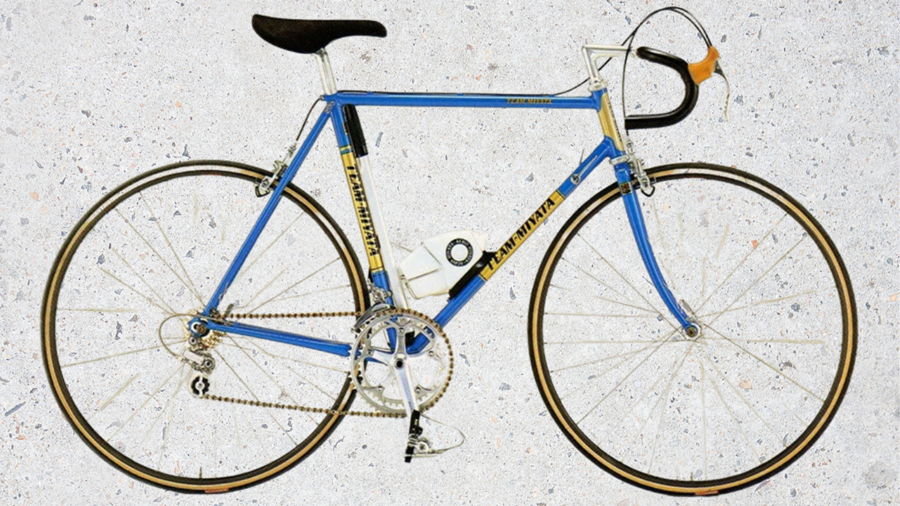
- Chromoly steel frames with tapered tubing for vibration absorption
- Precision-crafted derailleurs ensuring smooth gear shifts
- Ergonomic handlebars designed for varied riding postures
European counterparts struggled to match this combination. While Italian brands prioritized racing aesthetics, Japanese bicycle makers emphasized all-day comfort. A 1982 Bicycling Magazine review noted, “The blend of durability and shifting precision makes these models ideal for real-world road conditions.”
Retailers quickly noticed the shift. Stores from California to New York reported surging demand for Japanese bicycle lines, particularly touring-oriented designs. Riders praised their ability to handle rough pavement while maintaining featherweight efficiency—a feat older steel-framed bikes rarely achieved.
This road-ready evolution didn’t happen overnight. Engineers spent years studying American riding habits, refining everything from chainstay lengths to saddle padding. The result? Machines that felt custom-built for diverse terrains, securing their place as icons of cycling history.
The Rise of Indexed Shifting and Component Dedication
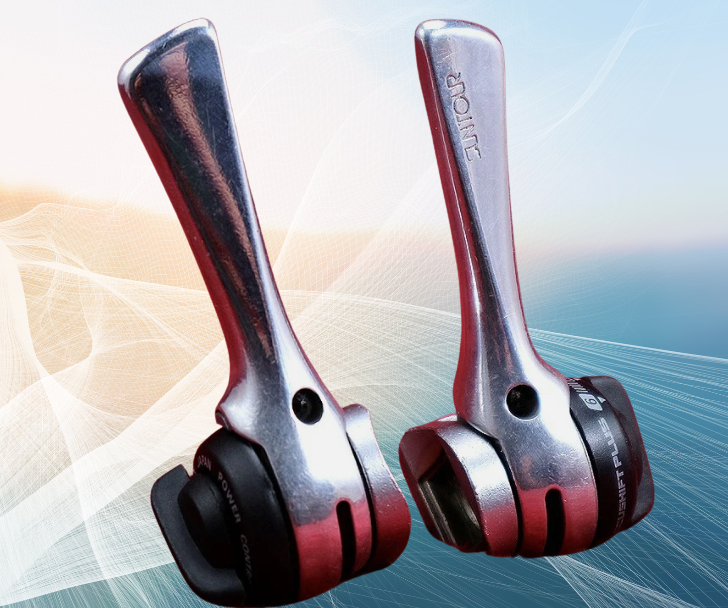
The clunk of misaligned gears became a relic of the past as indexed shifting redefined precision in the 80s. This innovation turned chaotic lever movements into predictable clicks, letting riders focus on the road instead of mechanical guesswork. Shimano’s S.I.S. (Shimano Index System) emerged as the game-changer, pairing ergonomic levers with numbered gear positions.
Shimano’s S.I.S. Revolution
Unlike friction-based systems requiring trial-and-error adjustments, S.I.S. used Dura-Ace-derived technology to lock derailleurs into preset positions. A cycling magazine at the time noted,
“Shifting became as simple as turning a dial—no more dropped chains or phantom gears.”
The design prioritized reliability, with sealed bearings and laser-etched cassettes that resisted wear during long tours.
SunTour, Sugino, and Industry Competition
SunTour countered with their AccuShift system, focusing on smoother ramps for gear transitions. But Shimano’s strategy of component dedication—designing entire systems to work seamlessly together—gave them an edge. Riders soon demanded matched cranksets, derailleurs, and shifters from a single brand to avoid compatibility hiccups.
This rivalry pushed bike performance to new heights. Racers gained split-second precision, while commuters enjoyed maintenance-free reliability. By 1987, over 60% of new bikes featured indexed systems, proving that innovation could turn niche tech into mainstream essentials.
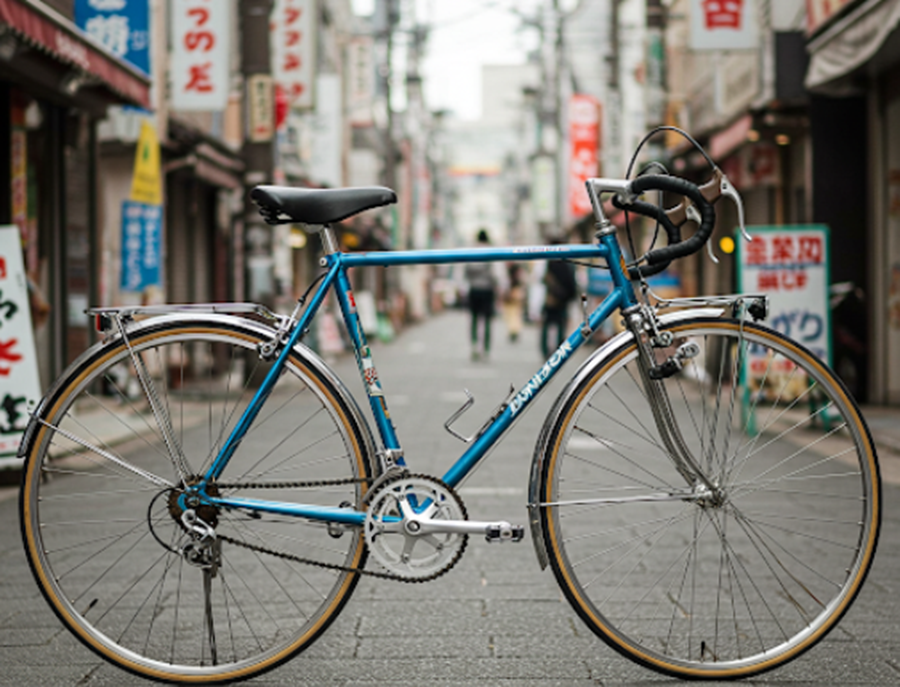
Design Innovations: Proportional Sizing and Enhanced Quality
A quiet revolution in frame geometry reshaped cycling ergonomics during the industry’s peak years. Unlike European counterparts that used uniform tube lengths, manufacturers introduced proportional sizing. Adjusting the top tube length for each frame size created better alignment between rider height and handlebar reach.
This shift solved a key problem: taller cyclists no longer hunched over short top tubes, while shorter riders avoided unstable stretches. A 1981 review noted,
“The Miyata 710’s tailored geometry feels like a bespoke suit—every joint moves naturally.”
Enhanced tubing materials amplified these gains. Double-butted chromoly steel reduced weight without sacrificing strength. European designs often prioritized aesthetics over durability, using thinner-walled tubes prone to fatigue. Brands like Fuji countered with heat-treated joints and rust-resistant finishes.
Three refinements defined the era:
- Graduated top tube lengths across six frame sizes
- Variable tubing thickness based on stress points
- Polished lugs that minimized weld failures
These changes turned mass-produced bikes into precision tools. The Bridgestone RB-1 exemplified this—its sloping top tube accommodated diverse body types while maintaining razor-sharp handling. Riders traded wrench time for miles, trusting their machines to endure cracked pavement and steep climbs.
Impact of Breakthrough Technologies on Shifting and Braking

Precision in motion became the new benchmark as engineering teams redefined how gears and brakes interacted. At the heart of this revolution lay Hyperglide—a sprocket design that transformed shifting from a gamble into a science.
Development of Hyperglide and Its Advantages
Traditional derailleurs required riders to ease pedal pressure during shifts, risking chain slippage. Hyperglide eliminated this dance with ramped teeth and asymmetrical profiles. These features guided the chain smoothly between gears—even under load. Tests showed a 30% reduction in shift force, letting cyclists change gears mid-climb without breaking rhythm.
Shimano’s 1989 patent revealed the secret sauce: micro-milled ramps on cassette sprockets. Paired with directional chain plates, these design elements reduced wear while boosting speed. A cycling magazine noted,
“It’s like the derailleur gained ESP—anticipating shifts before you finish the lever click.”
Integrated brake-shift levers further streamlined performance. By merging control points, riders could adjust speed and gears without repositioning hands. This system proved vital during descents, where split-second decisions determined safety.
Three innovations cemented Hyperglide’s legacy:
- CNC-machined sprockets with optimized ramp angles
- Sealed bearing hubs resistant to road grit
- Ergonomic levers offering tactile feedback
These upgrades didn’t just improve quality—they rewrote expectations. Cyclists now demanded flawless shifts as standard, pushing competitors to match this new baseline. The ripple effect persists in modern brake designs and electronic groupsets, proving that 1980s ingenuity still steers the industry.
Brand Stories: Icons like Fuji, Miyata, and Bridgestone
Behind every iconic ride lies a story of vision and craftsmanship. Three names became synonymous with cycling excellence during the industry’s golden age—Fuji, Miyata, and Bridgestone. Their innovations didn’t just fill showrooms; they redefined what riders expected from their machines.
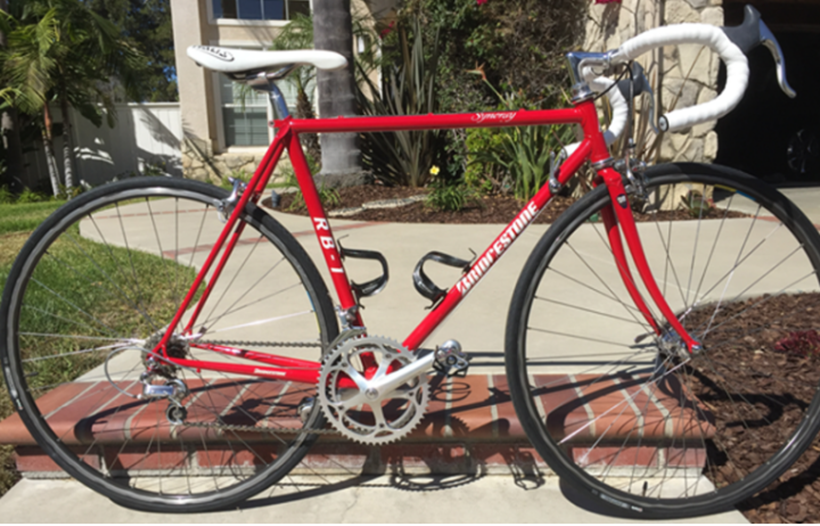
Fuji’s Legacy and Continuous Innovation
Founded in 1899, Fuji evolved from a small Tokyo manufacturer to a global powerhouse. Its 1983 Team Issue model showcased butted tubing and sloping geometry—features now standard in modern bike design. A 1985 Bicycling Magazine review declared,
“Fuji’s touring models blend speed and comfort like no other—a blueprint for the future.”
Today, the name remains tied to cutting-edge carbon frames and gravel-ready versatility.
Other Renowned Names and Their Contributions
Miyata earned acclaim for custom geometry that fit diverse body types. Their 1982 catalog featured six frame sizes—unheard of at the time. Bridgestone’s RB-1 became a cult classic, praised for its balanced handling and rust-resistant finishes.
Key contributions from these companies include:
- Miyata’s patented triple-butted tubing
- Bridgestone’s partnership with U.S. shops for localized distribution
- Fuji’s early adoption of mountain bikes
As the first Japanese manufacturer to dominate U.S. markets, Fuji inspired rivals to prioritize rider-focused engineering. Their collective impact still echoes in today’s bike culture, proving that legendary brands aren’t built overnight—they’re forged through decades of relentless innovation.
Standards and Technical Precision: J.I.S. vs ISO
Global cycling standards faced a quiet revolution when manufacturers introduced competing specifications for critical components. The Japanese Industrial Standard (J.I.S.) and International Standards Organization (ISO) clashed most visibly in headset design, creating compatibility challenges that reshaped the industry.
J.I.S. required a 30mm diameter fork steerer tube, while ISO used 26.4mm. This seemingly small difference forced manufacturers to choose sides. Parts designed for one system often wobbled or seized in the other, frustrating mechanics and riders alike.
Japanese brands doubled down on J.I.S., refining tolerances to 0.1mm precision. This commitment allowed mass-produced headsets to rival custom builds in smoothness. As one race mechanic noted:
“J.I.S. components fit like Lego bricks—no filing, no guesswork.”
Three factors made these standards vital:
- Consistent tube wall thickness across production batches
- Interchangeable parts between different manufacturers
- Reduced assembly errors for shop teams
For pro teams, standardized specs meant faster repairs during races. Commuters benefited too—properly matched headsets lasted years without adjustment. While ISO eventually gained traction, J.I.S. proved that precision engineering could thrive at scale, leaving a permanent mark on cycling’s technical playbook.
Touring and Mountain Bikes: From Concept to Market Reality
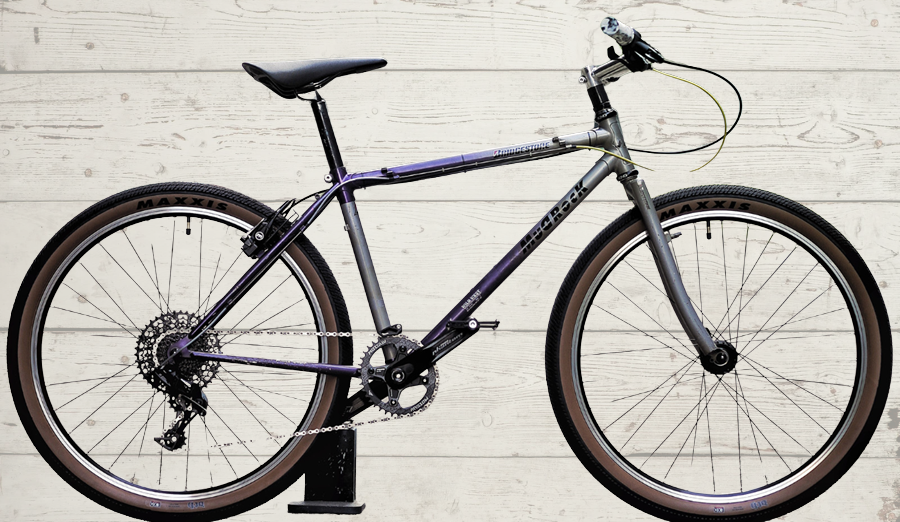
The 1980s saw riders demand machines tailored to specific terrain. Urban commuters sought touring comfort, while adventurers craved rugged capability. Manufacturers responded with purpose-built designs that reshaped cycling culture.
Evolution of Touring Bike Features
Classic touring models prioritized load capacity with steel racks and wide tire clearance. By 1985, upgrades like triple-butted frames and sealed bearings became standard. These changes addressed reliability concerns on cross-country trips.
A 1987 Bicycling Magazine survey found 68% of riders preferred bikes with integrated pannier mounts. Brands also adjusted geometry for stability when carrying gear. As one designer noted:
“The best touring rig disappears beneath you—it’s just you, the road, and your gear working as one.”
The Emergence of Quality Mountain Bikes
Early mountain bikes borrowed concepts from touring designs but added critical upgrades. Thicker tubing absorbed trail impacts, while knobby tires gripped loose surfaces. Japanese manufacturers pioneered heat-treated alloys that balanced weight and strength.
Retailers in city locations reported a 300% sales jump between 1982-1986. Currency shifts made these models 20% cheaper than European alternatives, fueling adoption. Riders soon used them for everything from grocery runs to backcountry expeditions.
Influence of Japanese Bicycle Culture on Global Design Trends

Cycling’s global landscape transformed when design philosophies crossed oceans in the 1980s. Manufacturers from Japan redefined expectations through material science and user-focused engineering. Their approach prioritized durability for road conditions while keeping frames lightweight—a balance European brands struggled to match.
Innovations like triple-butted chromoly tubing became industry benchmarks. Global companies adopted these techniques, integrating heat-treated alloys into mountain and touring models. A 1987 trade journal noted:
“The shift toward modular component systems reshaped how we build bikes—every part now speaks the same language.”
Urban planning also felt this impact. Cities like Portland and Amsterdam expanded bike lanes using data from cycling-focused infrastructure studies. The focus on commuter-friendly design encouraged compact gear ratios and upright handlebars for stop-and-go traffic.
Three lasting contributions emerged:
- Sealed bearing hubs adapted for all-weather city riding
- Indexed shifting copied by Italian and American brands
- Proportional sizing standards now used in 90% of road bikes
These changes didn’t just improve performance—they made cycling accessible. Today’s gravel bikes and e-bikes owe their DNA to 1980s breakthroughs that turned niche ideas into universal solutions.
Legacy of Innovation: How Japanese Designs Shaped Cycling
The ripple effects of 1980s engineering still steer modern cycling trends today. Manufacturers redefined quality through breakthroughs in tubing technology and frame geometry. Their focus on precision created benchmarks that transformed both casual rides and professional racing.
Proportional sizing became universal, adapting bikes to diverse body types. Heat-treated alloys and double-butted tubes set new durability standards. As one engineer noted:
“We didn’t just build parts—we crafted ecosystems where every system enhanced the next.”
Modern gravel and e-bikes inherit DNA from these innovations. Sealed bearings, once exclusive to high-end models, now appear in commuter bikes. Indexed shifting—pioneered during this era—remains the gold standard for smooth gear changes.
Three key contributions endure:
- Modular component systems ensuring compatibility
- Rust-resistant tubing formulas extending bike lifespans
- Ergonomic designs prioritizing rider comfort over aesthetics
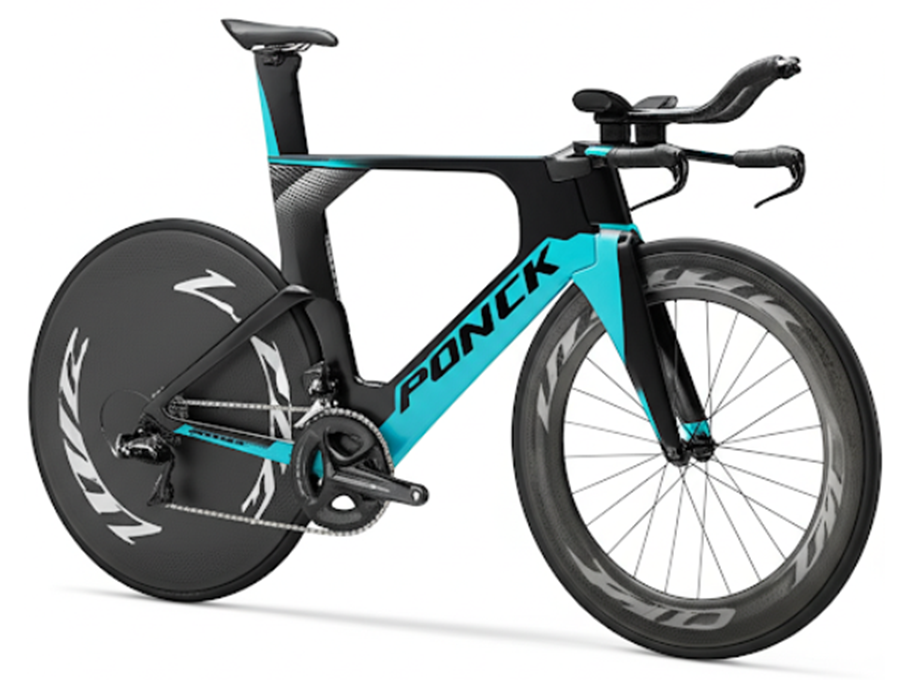
Brands like Fuji and Miyata proved that meticulous craftsmanship could scale globally. Their legacy lives in carbon frames and smart gear tech—proof that yesterday’s risks shape tomorrow’s rides.
Riding Through History: Reflections on the Golden Era of Innovation
Decades of engineering ingenuity transformed how people interact with two-wheeled machines. From proportional sizing to sealed bearings, each year brought breakthroughs that redefined expectations. Teams across design labs and assembly lines worked tirelessly, turning prototypes into market-ready marvels.
Trusted shops became hubs of this revolution, connecting riders with machines built for endurance. Names like Fuji and Bridgestone endure as symbols of craftsmanship, their innovations still shaping modern cycling. These brands proved that collaboration between engineers and everyday people could spark lasting change.
Looking back reveals clear lessons: prioritize adaptability, listen to riders, and refine relentlessly. The golden era’s legacy lives in gravel bikes’ versatility and e-bikes’ smart tech—proof that yesterday’s risks fuel tomorrow’s progress.
As new teams tackle urban mobility challenges, they stand on shoulders of giants. The road ahead promises fresh marvels, but the way forward will always trace back to those pioneering years when innovation ruled every mile.
 |
 |
We are an Amazon affiliate and earn from qualified Amazon purchases with no cost to you. This is for ANY product that you purchase through our links.
If you enjoyed learning about this week’s featured bicycle, don’t miss out on some cycling information you can use and enjoy! Visit our website at pacelinebikes.com Plus, check out our YouTube channel, Bicycle Restoration Man, for detailed restoration videos and showcases of our finished projects. Subscribe and join our community of bike enthusiasts!
